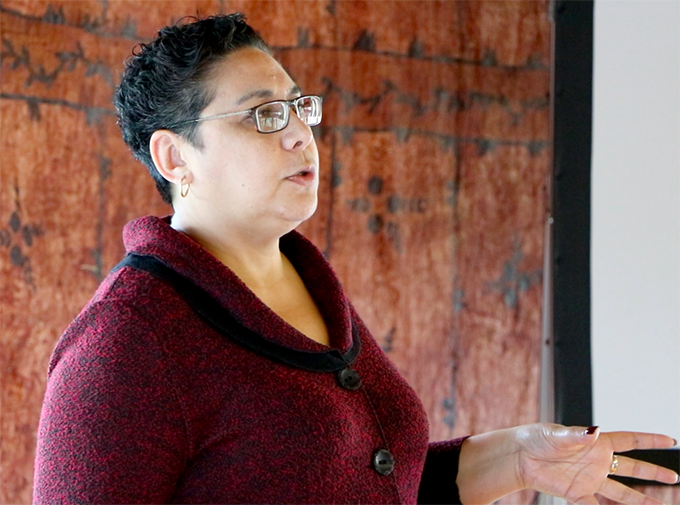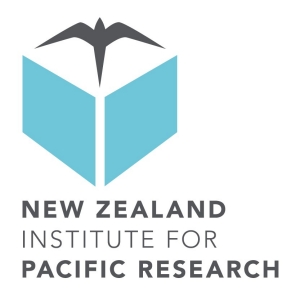
By Brandon Ulfsby and Hele Ikimotu
A recent seminar has provided a closer look at the Pacific Agreement on Closer Economic Relations Plus (PACER Plus) deal signed by 10 Pacific countries this year.
The event was held at the University of Auckland jointly hosted by the Ministry of Foreign Affairs and Trade (MFAT) and the New Zealand Institute for Pacific Research (NZIPR).
Leading the talk was Tessa Te Mata, New Zealand’s chief negotiator in the agreement, who said PACER Plus is not solely about trade in the region but also development.
 “New Zealand, Australia we’re part of this region, we are affected by what happens in the region, what we do impacts on the region,” she said.
“New Zealand, Australia we’re part of this region, we are affected by what happens in the region, what we do impacts on the region,” she said.
“We’ve got a unique opportunity to look at an agreement that’s meant to impact the next 10, 20, 30 years - so it’s one thing to trade amongst yourselves, it’s another thing to create a platform that allows you to compete in the markets of the world.”
Key objectives of the deal include creating similar rules and processes which allow for easier trade as well as increasing investment within the region.
“Pacific has the largest tuna fisheries and to be fair they make money from licensing but can more be done here in the region to allow for more money to be earned from the resources we have?” said Te Mata.
“So what we were doing was not just having a trade agreement it needed to be a trade and development agreement which allows for further investment.”
Other objectives include increasing export capacity and more coherency and impact from aid funds within the region.
The deal was signed on June 14, 2017 in Nuku’alofa by New Zealand, Australia, Cook Islands, Kiribati, Nauru, Niue, Samoa, Solomon Islands, Tonga and Tuvalu.
Upon signature a $7.7 million readiness package came into force - a package aimed at assisting countries with preparations for the agreement.
“Making sure their customs process are ready for it, making sure their legislation is up to it. So making sure they don’t embark on implementing this agreement without fully understanding their obligations,” said Te Mata.
The chief negotiator for New Zealand admits there is still concern around the impact and measure of success from the deal but said that’s the challenge over the next 18-24 months.
“The feedback from businesses, from Pacific communities here and a number of stakeholders is that this is where we should focus our efforts. And basically we’ve got an 18-24 month window before this agreement comes into effect and we have to start living up to the obligations,” she said.
New Zealand is set to benefit from the agreement with lower tariffs and easier access to services, labour and investment.
Alongside PACER Plus an arrangement was struck with countries to provide a new platform for enhancing labour mobility.
Te Mata said that parties involved wanted labour mobility at the top of the priority list with other focuses on food and beverages, niche investments, copyright and customs.
There is also a push for improvements to communications and technology, with projects involving submarine internet cables already underway.
“That’s how the Pacific is going to leapfrog the tyranny of isolation and geography they face - being able to connect with the rest of the world.”
Te Mata said the agreement was a step in the right direction and said: “We’re developing, we’re growing but we’ve got far more to do over the next 18-24 months.”
The seminar was attended by a number of Pacific studies students and researchers at the Auckland University Fale Pasifika.
Brandon Ulfsby and Hele Ikimotu are final year journalism students at the Auckland University of Technology (AUT) and interns with the New Zealand Institute for Pacific Research (NZIPR). NZIPR is a national institute to promote and support excellence in Pacific research and is a collaboration between the University of Auckland, Otago University and AUT. AUT's Pacific Media Centre is one of the collaboration partners. This story was produced as part of Ulfsby and Ikimotu's internship.



